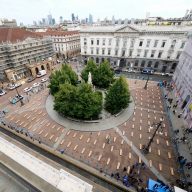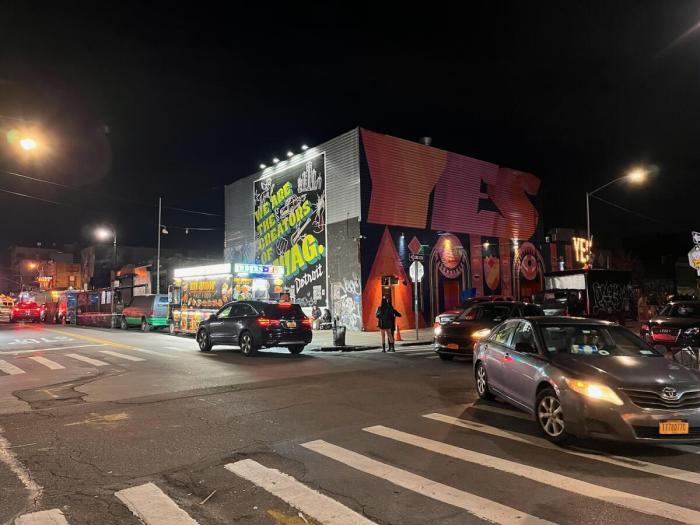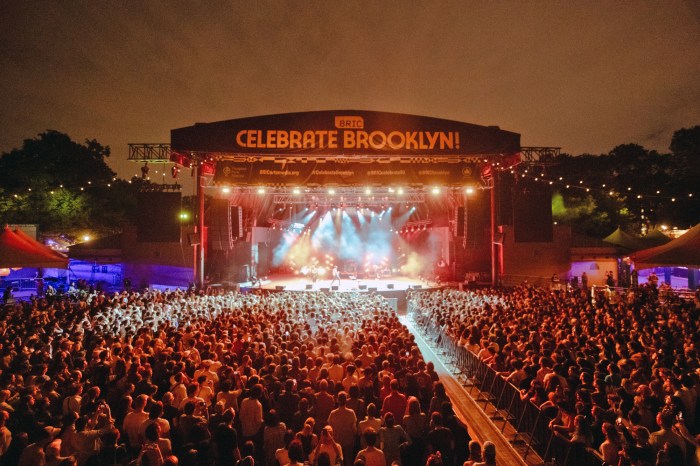 Bloomberg credits NYC’s large reduction in air pollution for helping to reduce the effects of climate change .
Bloomberg credits NYC’s large reduction in air pollution for helping to reduce the effects of climate change .
Credit: NYC Mayor’s Office
Visiting Paris in his role as UN’s climate ambassador, the former mayor of New York Michael Bloomberg tells Metro that cities are where fighting global warming can make a difference, and increase people’s lifespan.
Q: You’ve been appointed the United Nations Special Envoy for Cities and Climate Change. What is your mission?
A: U.N. Secretary-General Ban Ki Moon has asked me to ensure that the big cities put pressure on their governments for help. The majority of progress on the environment comes from the cities or the private sector. People paint their roofs white [to reflect more sunlight and keep cities cooler], businesses install solar panels because they see an economic interest in it. However, if cities are able to reduce their electrical consumption, they cannot up electrical production. In New York, for example, the five thermal power stations must pollute less, but this should not be left to us [the United Nations]. It’s the state of New York to work in this direction.
Q: How are you going to convince them?
A: Hmm, call them, write to them, embarrass them, explain to people everything they need from the mayors of the world’s major cities and industrial areas… and ask for help from the government. To the U.S. Congress, I will explain to them that if they have a policy in favor of the environment, I could support them during their campaign. In the United States, even if I manage to convince the President, every law must be passed by Congress. It’s our constitution that demands it.
Q: Why have you involved yourself in the issue of climate change?
A: As mayor of New York, I have the obligation of working to improve the quality of life of our residents. And on this point, the environment is an important part of the subject. I have equally preoccupied myself with questions on public health, and the two issues are intimately linked. I have two daughters, grandchildren, and I want to build a better life for them.
Q: What role do you see cities having on this topic?
A: In a city like New York, for example, one of the challenges was to reduce air pollution. We have lowered electrical consumption to limit pollution from power stations outside the city. We also stopped what generates greenhouse gases, with buses, cars and trucks in the city becoming more environmentally-friendly, as well as ensuring that buildings generate less pollution. The upside in New York is that 5,000 buildings are responsible for the highest proportion of pollution. And we have already converted 50 percent of them to use natural gas rather than oil. We have helped residents paint their roofs white. Today, 80 percent of roofs are white because we know that it is a method of lowering power consumption. We also encourage the installation of solar panels. In New York the buildings are responsible for 80 percent of the pollution, against 20 percent for public transport. What’s more, people walk and use public transport more than in any other city.
Q: What actions as New York mayor are you most proud of?
A: I always find it difficult to answer this question. But I would cite a number tied to health: 8.4 million people have gained three years of life expectancy during my 12 years in office. That’s an incredible figure. If you know any Americans, go and tell them to come and live in New York – they will live three years longer. And it’s thanks to the reduction in air pollution, cycling lanes and the installation of smoke detectors in apartments.
Q: Which city appears exemplary in the fight against global warming?
A: Every city has problems with finding a solution. I cannot find one that stands out of the crowd. We form a network of 69 cities [in the C40 Cities Climate Leadership Group]. They inspire each other and see what applies to them. What I can say is that most of the measures implemented in New York originated elsewhere.
















